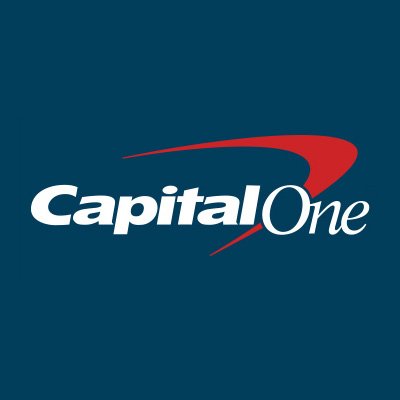
Capital One Product Designer Case Interview (Engineering org): Fraud Resolution Flow for Credit Card Customers
This case mirrors Capital One’s customer-first, test-and-learn culture and the structured problem-solving style used in their case interviews. You’ll design an end-to-end experience that helps a credit card customer detect, confirm, and resolve suspicious activity within the Capital One Mobile app while balancing speed, reassurance, risk controls, and regulatory constraints. What the case covers: - Problem framing and hypothesis: Define the customer problem (e.g., unexpected card transaction), target segments (e.g., frequent travelers, new-to-credit), and success criteria. Show structured thinking, explicit assumptions, and how you would validate them with data. - Experience design: Map the journey from alert → triage → confirm/deny → resolution (temporary lock, dispute initiation, replacement card, merchant follow-up) across mobile push, in-app, email/SMS, and contact center handoff. Incorporate microcopy, error states, and calm/assuring UI for a high-stress moment. - Risk, compliance, and accessibility: Demonstrate how you would meet financial services expectations (identity verification, strong auth, auditability, consent), minimize false positives, and comply with accessibility standards (e.g., color contrast, focus order, screen-reader labels) so the flow is inclusive. Consider regulatory timelines for disputes and comms tone. - Data & experimentation: Propose key metrics (e.g., alert acknowledgment rate, confirmation time, false-positive rate, successful self-serve resolution rate, call deflection, CSAT/NPS) and a test-and-learn plan (A/B tests on alert language, button hierarchy, step reduction). Explain guardrails to avoid pushing risky patterns. - Systems thinking & constraints: Show how your design plugs into backend fraud signals, card controls, device trust, and customer preferences. Call out dependencies with engineering, risk, legal, and operations. Address edge cases (traveling customers, card-on-file subscriptions, joint accounts, multilingual needs). - Collaboration in an engineering org: Clarify how you’d partner with PMs, engineers, data scientists, and risk partners; how you translate concepts into tickets; and how you’d use a design system to ship incrementally. Format (75 minutes): 1) Brief and clarifying questions (5–10 min) 2) Problem framing and success metrics (10 min) 3) IA/user flows and key states (15 min) 4) Low-fidelity wireframes + content strategy (20 min) 5) Risk/compliance/accessibility trade-offs and experiments (10 min) 6) Readout and stakeholder Q&A (10 min) What you’ll produce during the session: - A concise problem statement and prioritized hypotheses - A primary user flow plus 1–2 critical edge-case flows - Low-fidelity screens for the alert, triage, confirmation, and resolution states (with essential microcopy) - A metric plan with at least one near-term experiment and success thresholds Evaluation criteria (Capital One-aligned): - Customer obsession and clarity under ambiguity - Structured reasoning and data fluency (can define, instrument, and read metrics) - Practical craft (clean IA, clear states, inclusive content, accessible defaults) - Risk-aware decision-making (balances convenience, security, and compliance) - Collaboration and delivery mindset within an engineering organization Tips reflective of Capital One’s style: - Make assumptions explicit and quantify trade-offs. - Prefer incremental, testable slices over big-bang designs. - Use plain, reassuring language; avoid blame-y tone in fraud moments. - Tie every design choice to a measurable customer or business outcome.
8 minutes
Practice with our AI-powered interview system to improve your skills.
About This Interview
Interview Type
PRODUCT SENSE
Difficulty Level
4/5
Interview Tips
• Research the company thoroughly
• Practice common questions
• Prepare your STAR method responses
• Dress appropriately for the role